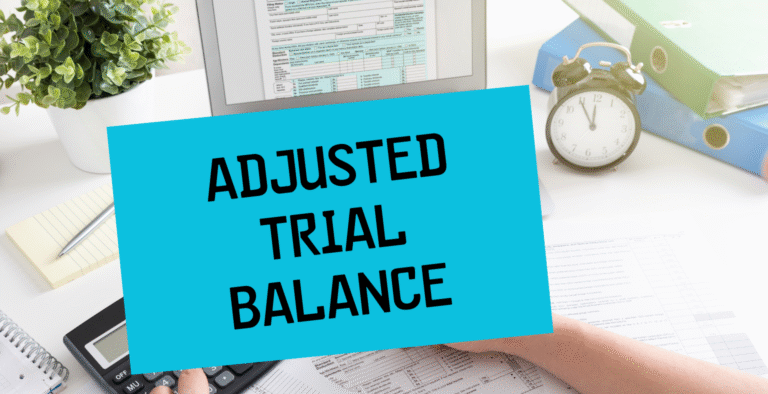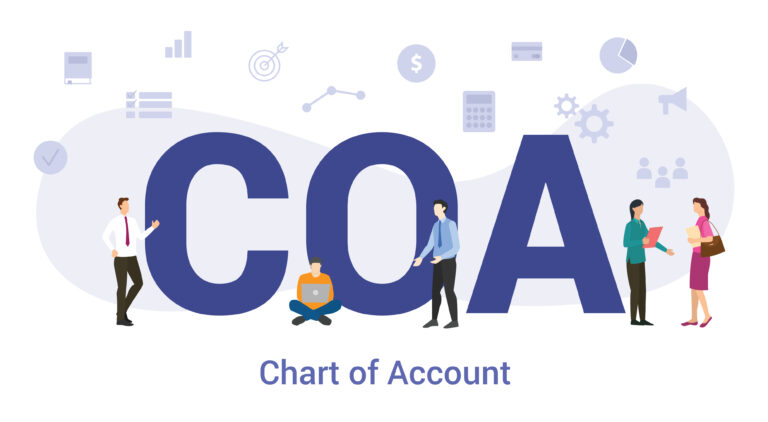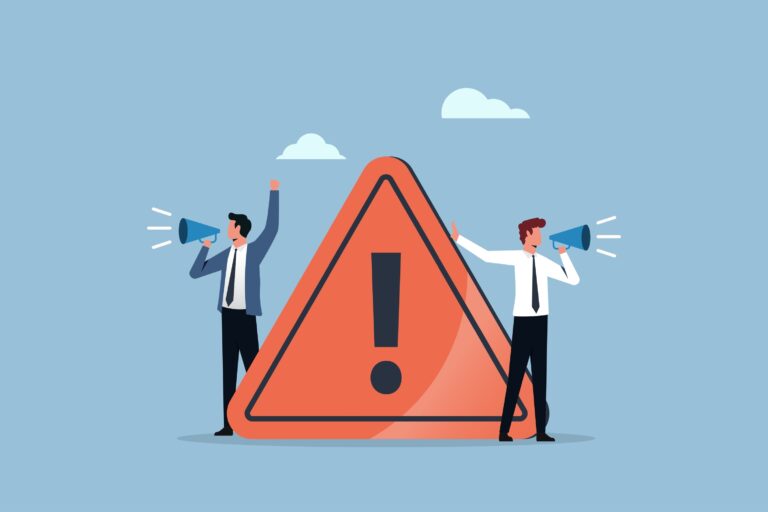Most business owners glance at their financial reports to see one thing: profit. But what if I told you that’s only scratching the surface?
Your financial reports are more than a snapshot—they’re a story. And learning to “read between the lines” can give you deep insights into how your business is really doing, where it’s headed, and what you need to fix or improve.
Let’s walk through how to look beyond the surface and interpret what your reports are really saying.
The Big Three Reports—And Why They Matter
To start, make sure you’re looking at these three key reports regularly:
-
- Profit & Loss (P&L) – Shows income vs. expenses over a period
-
- Balance Sheet – A snapshot of your assets, liabilities, and equity
-
- Cash Flow Statement – Tracks the actual movement of money in and out
Each report gives you a different piece of the puzzle. But to truly understand what’s going on, you have to look at them together—and dig deeper.
What’s Hiding Behind the Numbers?
Here’s how to read between the lines:
1. A Growing Profit Doesn’t Always Mean a Healthy Business
Your profit could be rising on paper, but if your cash flow is negative, you might still be struggling to pay bills.
2. High Revenue Can Be Misleading
Earning more doesn’t mean keeping more. If your expenses are climbing just as fast, your profit margins may be shrinking.
3. Assets Can Be Tied Up
A balance sheet may show high assets, but are those assets liquid (easily converted to cash)? You could be asset-rich and still cash-poor.
4. Accounts Receivable May Signal a Collection Problem
Big numbers in accounts receivable look good—until you realize they’re unpaid invoices.
5. Debt May Be Masking Operational Issues
Using credit or loans to cover everyday expenses? Your business might be underperforming more than you realize.
 What to Ask Yourself When Reading Reports
What to Ask Yourself When Reading Reports
-
- Are my margins staying consistent or shrinking?
-
- Is my cash flow keeping up with my revenue?
-
- What expenses are increasing month after month?
-
- Am I relying too heavily on one income source?
- Are my books helping me spot trends early—or am I just reacting?
 Final Thoughts: Don’t Just Look—Interpret
Final Thoughts: Don’t Just Look—Interpret
Numbers don’t lie—but they do require interpretation. Reading between the lines of your financial reports helps you make smarter decisions, catch warning signs early, and run your business with more confidence.
How Accredited Bookkeeping Can Support Your Business
At Accredited Bookkeeping, we understand the challenges small businesses face when it comes to managing finances. We’re here to help you streamline your bookkeeping processes, avoid unnecessary financial errors, and gain greater clarity about your financial health. Our services are designed to fit the specific needs of your business, giving you peace of mind while you focus on growth.
Contact us today for a free consultation and discover how we can make bookkeeping easier for you.

Marianne Kirwan












